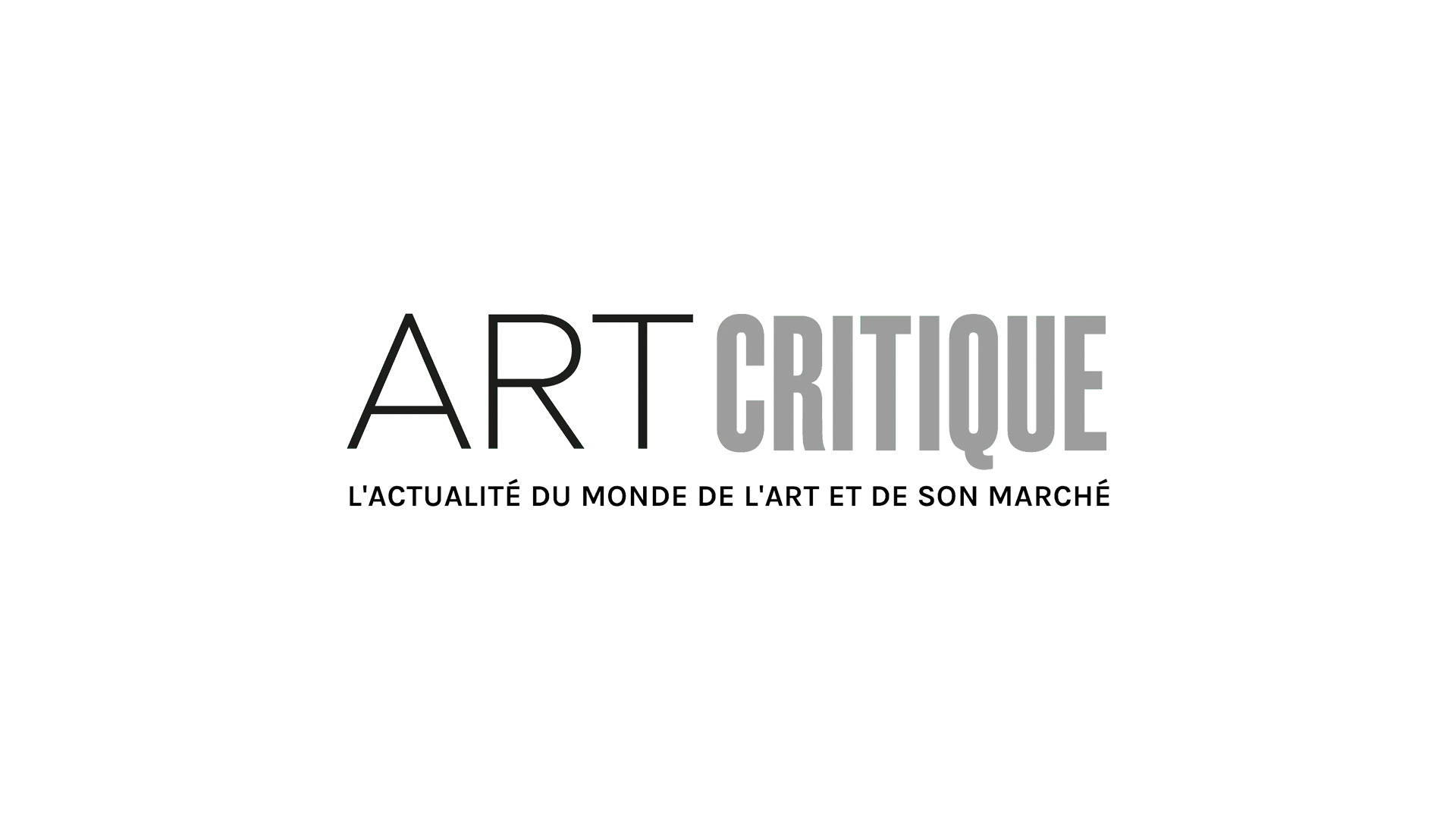There has never been an artist more identifiable than Salvador Dalí- in both his work and his person. The surrealist was a pioneer of the movement, and his influence is unprecedented. His melting clocks of The Persistence of Memory and his elephants with elongated limbs in The Elephants are icons in the artistic zeitgeist. And this month, a retrospect of Salvador Dalí in Russia will pay tribute to him with one of the largest exhibitions of his work.
Salvador Dalí: Magic Art will open in Manege Central Exhibition Hall in Moscow on January 28th, collecting over 180 works across Dalí’s career, with a section devoted to his wife, Gala, a fellow artist and writer of Russian origin. A noted figure in the surrealist scene herself and inspiration to many of their peers, Gala’s influence on her husband can be seen in Dalí signing some of his works with the double signature of “Gala Salvador Dalí”. It is this section that underscores the interesting relationship between Russian art lovers and this retrospect of Salvador Dalí.
Evidenced in the fact that they are one of the largest foreign attendees of the north-eastern Spanish Dalí museums, there is clearly a specific devotion amongst Russians to the surrealist’s work. Despite (or more likely thanks to) the Soviet government’s banning of Dalí’s works in the 20th century, a fervent desire for his paintings could be seen in black market sales. In the 90s, there were even a number of forgeries acquired by collectors in Russia in the hope of having a true piece of the iconoclast’s work. With this history as forbidden fruit and the cultural tie through Gala, it is no surprise that such a large retrospect of Salvador Dalí is making its home in Russia.

Salvador Dalí: Magic Art also comes at a time of growth for Russia’s position in the art world at large. While its political climate is rigid and conservative, there have been many notable Russian artists throughout the centuries that are now receiving the attention of a wider modern audience. Much of this attention stems from a focus on modern art within Moscow, where its two fairs (Moscow Biennale of Contemporary Art and Cosmoscow International Contemporary Art Fair) draw international collectors.
Dalí may have found humour in such a grand exhibit of his work being put up in the place that once had its government try to bury his work. But perhaps he would have some spot of affection, finally being openly celebrated in the home of the person he so dearly loved. Whichever the case, come the end of January, Russia will certainly be getting a little more surreal.
UPDATE: Since the opening of the exhibition, some works have already been stolen. Click here for the story.





